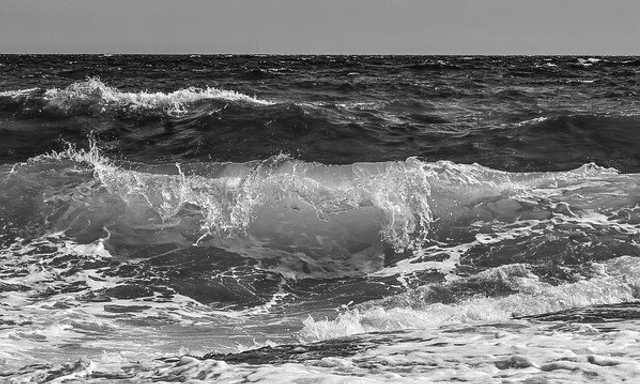Is the ocean, the world's largest water reserve, impacted by digital technology?
Today until Friday takes place the One Ocean Summit 2022, under the patronage of President Emmanuel Macron: "a summit that, he said, aims to address the major issues surrounding the issue of the oceans," in the presence of politicians, economic and scientific actors around the protection of the deep sea, biodiversity and the high seas.
The ambassador of the event, Maud Fontenoy, declared in the magazine Géo that "When we destroy the sea, we destroy solutions for the survival of Man". Referring to the biological genius of the blue lung of the planet and especially to those attracted by the extraction of its rare minerals. This is one of the reasons that explains the mobilization of fifteen NGOs and environmental associations at the opening of the summit, to denounce what they call bluewashing and call on public opinion to protect the oceans.
Essential to life, this water is also essential for digital technology, which has become indispensable to the functioning of our increasingly digitalized economy.
First of all, let's clarify two things about water: First, we are talking about drinking water and not salt water. Secondly, contrary to popular belief, water is one of the finite resources of our planet (according to the WeGreenIT study). And where is there plenty of fresh water? In the water tables and in the poles... You know, the ones that are currently melting? That's it. Now you can see why we're talking about freshwater at the One Ocean Summit.
How does digital technology pollute water?
As it has developed over the last few years, the web is a major consumer through 2 sources of operation. A large amount of water is consumed during the manufacturing phase of digital terminals (computers, connected objects, smartphones, tablets) and in the cooling of datacenters.
Water used in the manufacture of digital terminals
It is during the manufacturing process that the greatest amount of water is used, and more specifically, for the extraction of rare earths. The purification of each ton of rare earth requires the use of at least 200 cubic meters of water, which will be loaded with acids and heavy metals (La guerre des métaux rares, Guillaume Pitron, 2015).
The water that is used to cool data centers
One might think that data is immaterial, but it takes the form of servers stored in data centers. These servers require a lot of water to stay at the right temperature. The more data we create, the more energy we consume and the more we contribute to accelerate climate change, since it increases the space needed to store all this information... And you think: but what can I do about it?
You know all those emails, photos, videos that are stored in your inbox or in the cloud waiting to be read or reviewed? You can sort through them. In addition to freeing up space in your inbox or storage box, this simple gesture allows you to waste less drinking water and to detoxify your mind: what a pleasure, isn't it?
But how can digital technology help protect the world's water reserves on an industrial scale? Mainly by applying an eco-responsibility framework to the manufacturing (as required by the REEN law), processing and storage of the data we produce. As for any environmental issue, responsible digital technology requires awareness, measurement (with a tool such as Fruggr) and collective action (regulations, improvement...) and individual action (behaviors and uses (5R)).
So we can see that beyond the ocean of ecological impact of digital technology, there are different ways to act on a small and large scale, starting now, step by step.
Author : Marie-Christine Aubin
